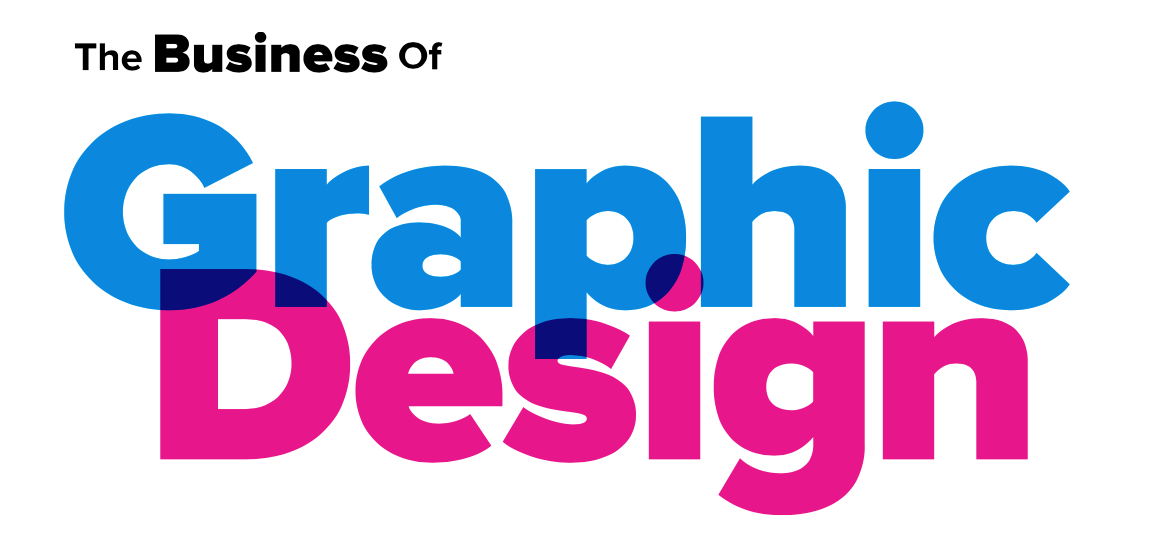
An Interview With
Joe Duffy is one of the world’s most respected and sought after thought leaders on branding and design. His work is regularly featured in leading marketing and design publications and is exhibited around the world. Joe founded Duffy with a vision to build a new kind of branding and creative company—partnering with clients and other firms in all communication disciplines. In 2004, Joe received the Legacy Medal from the AIGA for a lifetime of achievement. He has been recognized as one of the “fast 50” most influential people in the future of business by Fast Company.

When I realized that I wasn’t making enough money by selling my paintings I took a job as a technical illustrator in the art department of a company in suburban Minneapolis that manufactured small engines and generators. My wife’s father happened to be the marketing director of the firm, which helped. Back in those days, before the computer, you literally did everything by hand, so I learned to use all the tools of the trade back then. It was so incredibly different from throwing paint on a canvas and drawing things, and yet it taught me the technical side of art. And since we had a printing press right there at the company, I learned how to set type and print things. I was fascinated with it, and the combination of my fine art skills and the technical knowledge that I gained from this job added up to graphic design.
One thing led to another and I became more of an illustrator working for advertising agency art directors in Minneapolis. They would come up with an idea for a poster or an ad and I would illustrate it. I was making a living, but I really got sick of art directors telling me how to do everything, so I decided to become an art director for a local advertising agency. If you can’t beat ‘em, join ’em, I guess.
Milton Glaser was my hero back then. I thought, “If I can do what that guy does?!” Combining fine art with communication art, doing great posters and all the things Milt was doing back then, that would be a dream come true. So I reached out to him and he invited me to his studio. Milt sat me down and told me how he had started. I then reached out to another hero of mine, Woody Pirtle. He invited me to his studio as well so I went to Dallas to talk with him in person. These two meetings inspired me to start Joe Duffy Design as quickly as I could.
While all this was happening, I was approached and asked to join a very successful creative advertising firm called Fallon McElligott Rice. I would have my own branded design entity that would do design work and collaborate with their advertising side of things. In effect, we created an integrated brand program with an advertising business and a design business. Tom McElligott was one of the most brilliant, creative people in the advertising realm, and he had all of these clients that had accepted his standards. I didn’t have to go out and pound the pavement to look for work, their clients were already preconditioned to accept really good creative work.
So, I started The Duffy Group with them in 1984 and did that for 20 years. We had a great run. We had some really successful programs with Fallon doing all the ads and we the design. From 1984 on it was a 50/50 deal. Duffy Design had also established its own credentials by having clients who just needed design and not any advertising. We had offices in New York, London, Singapore and Tokyo. After a while, I found that I was doing more traveling and managing and less of what I love to do, which is creating design. I decided to break off and become independent.

These days my children, Bridget and Joseph, are running the company along with Nancy Kullas who joined Duffy in 1987. Bridget and Joseph have been working with me for over 20 years now. They started learning as interns and over time they have grown into the leaders they are today. Bridget always focused more on the business side while Joseph focused on the creative side. Joseph is creative director while Bridget is general manager running the operational aspects of our company and heading up project management. Nancy is responsible for developing the design strategy that tackles our client’s business challenges.
Keeping things small has been good for us . It lowers our overhead and allows us to adapt to whatever the client needs. If needed, we can bring on freelancers that are skilled at digital if it’s a digital project or if we need writing help, we bring in a copywriter. After having run a company that employed about 150 people, and having worked in 5 or 6 different offices, getting down to our current size has been really great. We have no specific plan for growth. If we were 150 people right now, in order to feed all those people we would most likely have to take on work that would not be the right fit for us, or allow us to do our best work.
Growth will be whatever size the company needs to be in order to maintain the quality of work that we enjoy doing and that will keep us in business. That’s always been my guideline. The question is, “how big can we be before we start being bad?”
“Growth will be whatever size the company needs to be in order to maintain the quality of work that we enjoy doing and that will keep us in business. That’s always been my guideline.”
When I started off there were no computers and everything had to be done by hand. So when computers and the internet entered the design industry it became obvious that everyone in design had to either master them both or fall by the wayside. Because of my background in art, I’ve always required that all of our designers possess the ability to communicate and create their ideas without relying on a computer. One doesn’t have to be a great artist in order to communicate an idea but they do need to be able to do it without the computer. We paper a wall with sketches in order to determine which ideas should be moved along. Only then the designers put these ideas into a computer and I can look over their shoulders and say “Well, we could do this or that.” That’s how we transition from doing it all by hand and creating design on a computer. A great design today is like a great design 35 years ago, it really is. It’s a great idea that happens to be crafted in a way that it becomes compelling, that makes it true, that makes it powerful. So, whether it comes on a hand-held device, or as a package that you see in a store, it’s still a great idea.
Another thing that has helped me throughout my career has been recognizing that getting and maintaining a relationship with the person who is going to make the final decision is the most important thing I could do. We work with a lot of large companies and many times it becomes a lot more complicated because there are many layers of approval. All of those layers want to be part of the final decision. The thing about brand identity work is that, more often than not, the person at the top is usually the one making the final decision. So forging that relationship is really something I strive for, and that is one of the things that has made us successful.

Dealing with layers of approval is sometimes unavoidable, but one thing that’s really helped us for over 35 years, is that at the beginning of every project, after we clearly understand the business challenge, the brand’s strengths and weaknesses, the competitive environment, cultural and category influences and the mindset of the target audience and have authored a design strategy, we create a visual brief. This brief includes visual elements that honor brand equity elements and introduces new visual elements needed to move the brand forward. This brief is then shown to the client as the visual manifestation of the design strategy and becomes the filter through which all decisions on things like typography, photography, colors, patterns and the entire brand language repertoire are made. Because the client helps create and approved the visual brief, they are literally involved in the very first step of the process. When we later show that visual brief next to the final design directions we have created, because they were co-authors of the brief, they have a difficult time arguing and the client is not surprised by our proposed designs because these designs clearly reflect what our collective team had agreed upon. I can’t tell you how much better that process works as opposed to putting 6 different designs up on the wall and asking for reactions to all of them. In that scenario the client really has no idea where you’re coming from.
That said, I don’t think true designers ever retire. Design is a way of life. I have built a career designing brand identities but I’ve also designed my life. Our office, our home, our vacations, and family time, it’s all designed. I continue to design every aspect of everything I do. True designers never really retire. They design their entire lives and they always will.
That said I don’t think true designers ever retire. Design is a way of life. I have built a career design brand identities but I’ve designed my life. Our office, our home, our vacations, and family time, it’s all designed. I continue to design every aspect of everything I do. True designers never really retire. They design their entire lives and they always will.
These days I’m getting back to my roots as a fine artist and focusing on painting. If anyone would like to see what I’m up to they can visit joeduffypaints.com. Living in Arizona for a good part of the year, I’ve built a studio there and I’ve been focused on painting subject matter related to the Native Americans that lived in the area. I’ve been doing portraits as well. It’s been fantastic. You know, I started out as an artist that couldn’t make ends meet so I became a designer. Now I’m a semi-retired designer and I’m going back to being a fine artist. So it’s come full circle. But you can look at so much of my design work over the years and see that it really is fine art. And if you look at the paintings that I’m doing now, it’s design.
“I think most design firms fail not because of their creative skills, but because of their lack of basic business skills, like billing, collecting fees, paying the rent, watching their overhead, whatever. In fact, I don’t think it is, I know it is.”
I think most design firms fail not because of their creative skills, but because of their lack of basic business skills, like billing, collecting fees, paying the rent, watching their overhead, whatever. In fact, I don’t think it is the reason they fail, I know it is. The only way to go into business, whether you’re a design firm or a dress shop, is to make sure all the areas of business are covered. Either know them yourself or partner with people who cover the business side that: A. you don’t do well, or B. you don’t want to do. Looking back over the years, I think the biggest mistake I made, and many designers often make, is to believe that they are creating “art” instead of creating design products that function as business tools. This attitude often leads a design firm to forget that they are in a design “business”. This can encourage them to undersell and undervalue what they do, and eventually lose the respect that they deserve.
My first piece of advice to any young designer thinking about starting a design business would be, “Be careful what you wish for.” Do you have the ability to create a design in a way to attract the kind of customers that you want to attract? Can you run a business? Because this business is a rollercoaster and there are going to be lots of ups and downs. Will you be able to handle that? I would just let them know that they need to be sure that they are capable of handling the business side, the creative side, the hiring side, all of it.
At the same time, there is nothing better than being your own boss. I love that part of what I have been doing. But being a boss is more than just being a good designer. Some people are much better off coming to work at a place like this as opposed to starting their own place.



